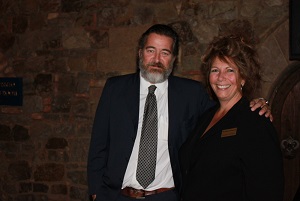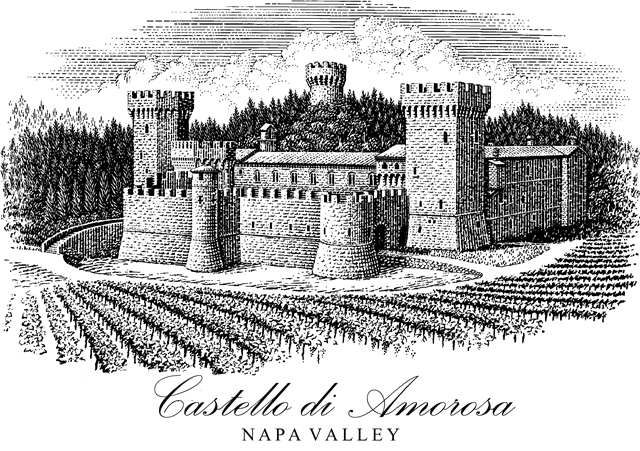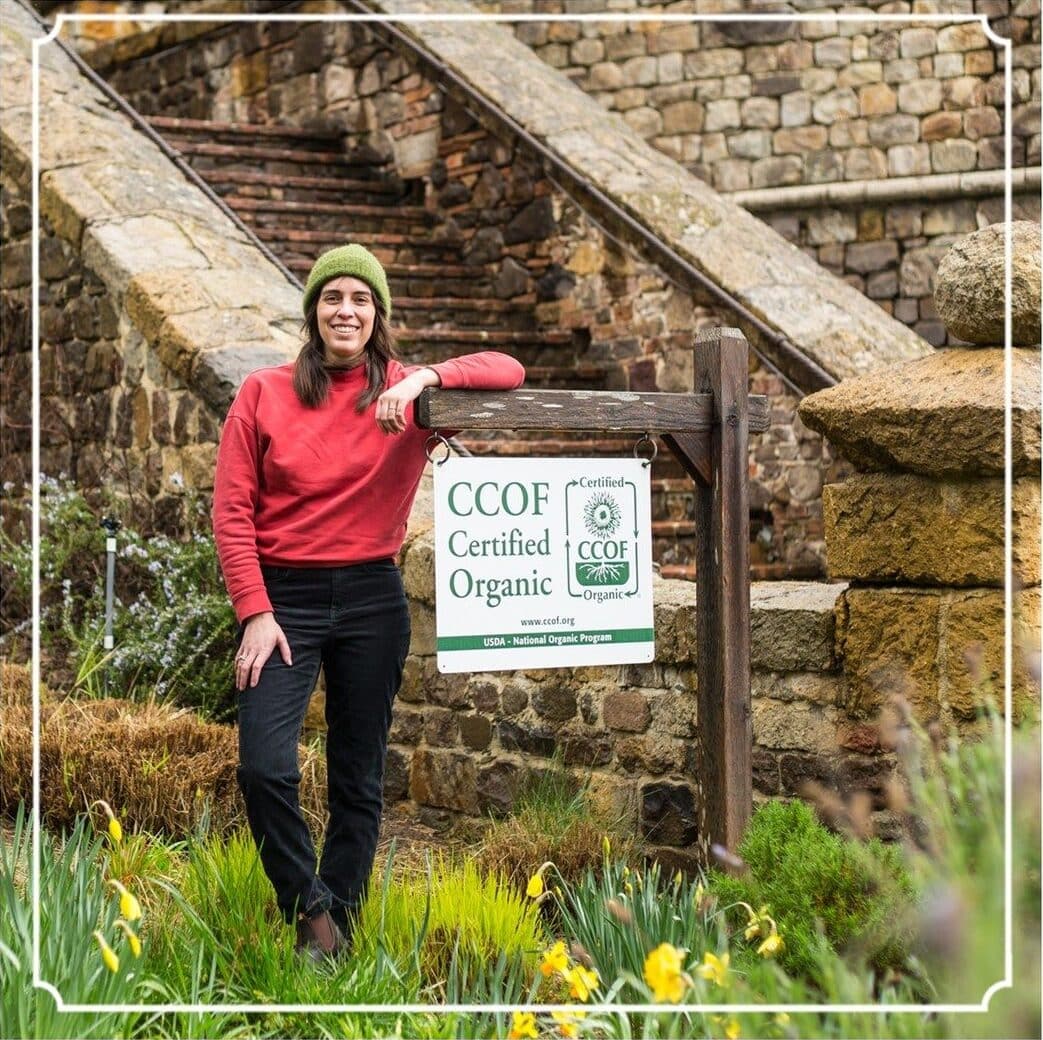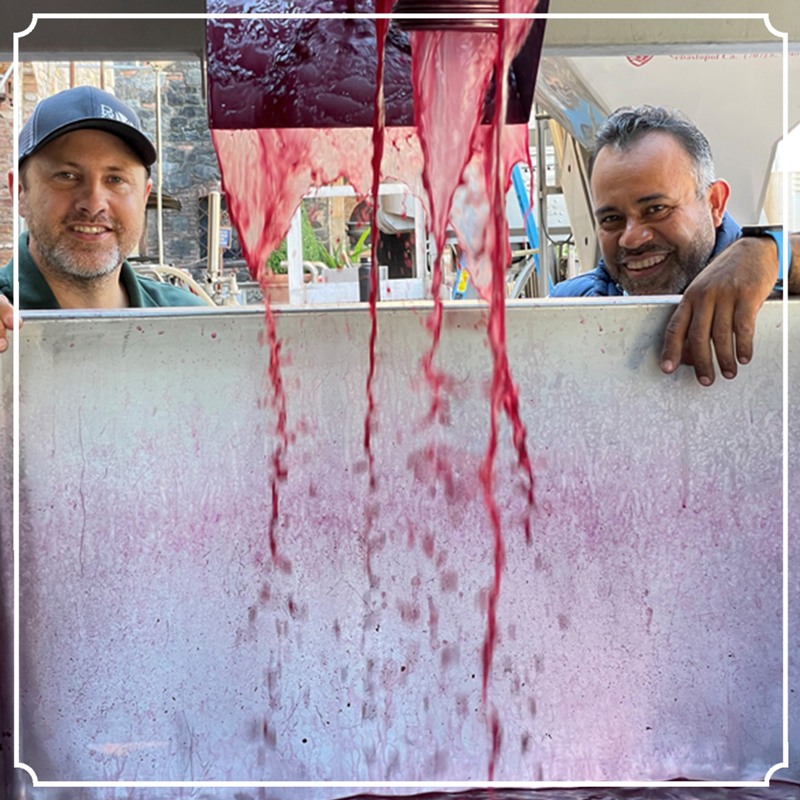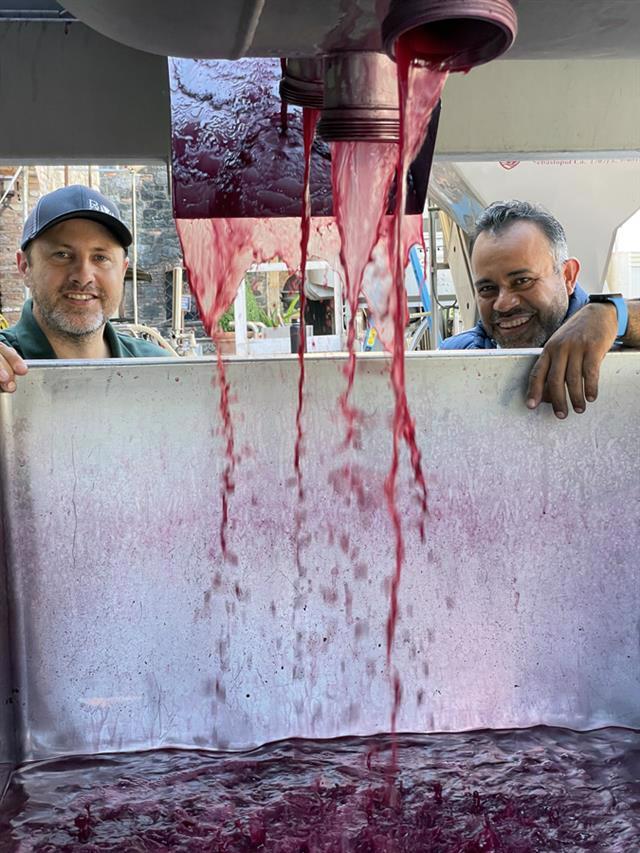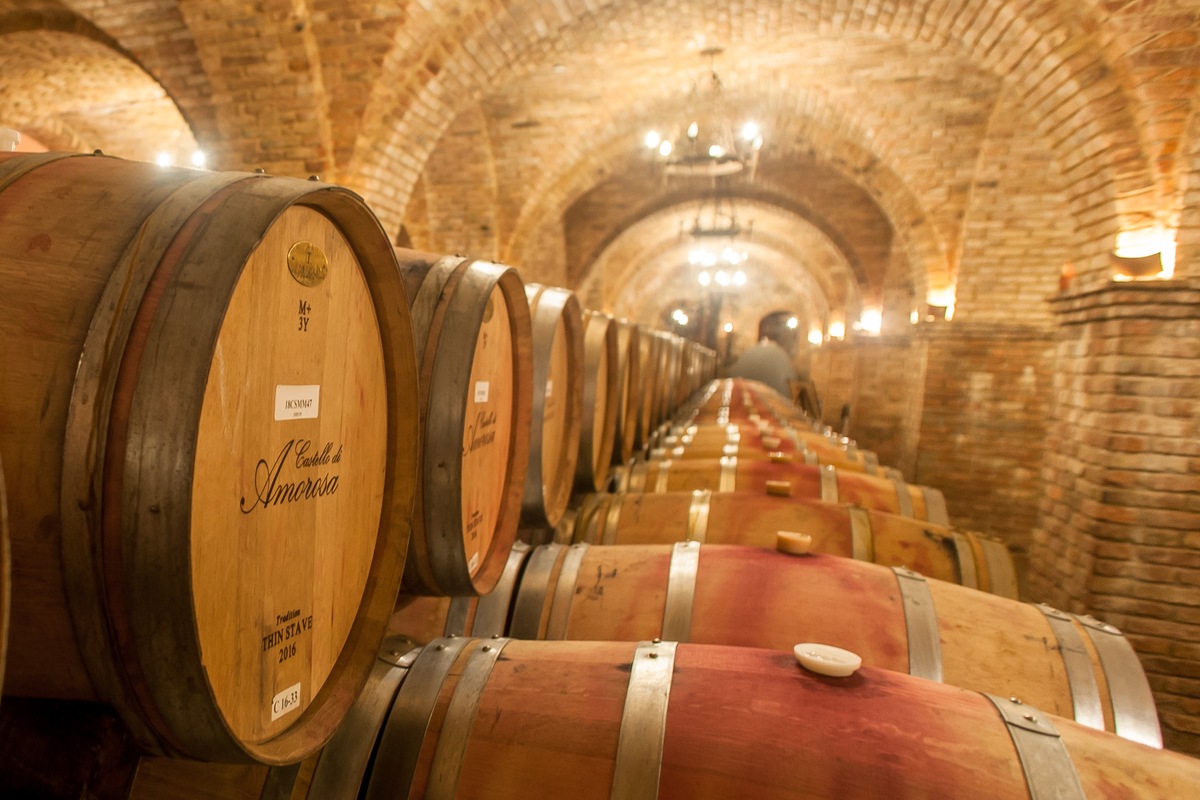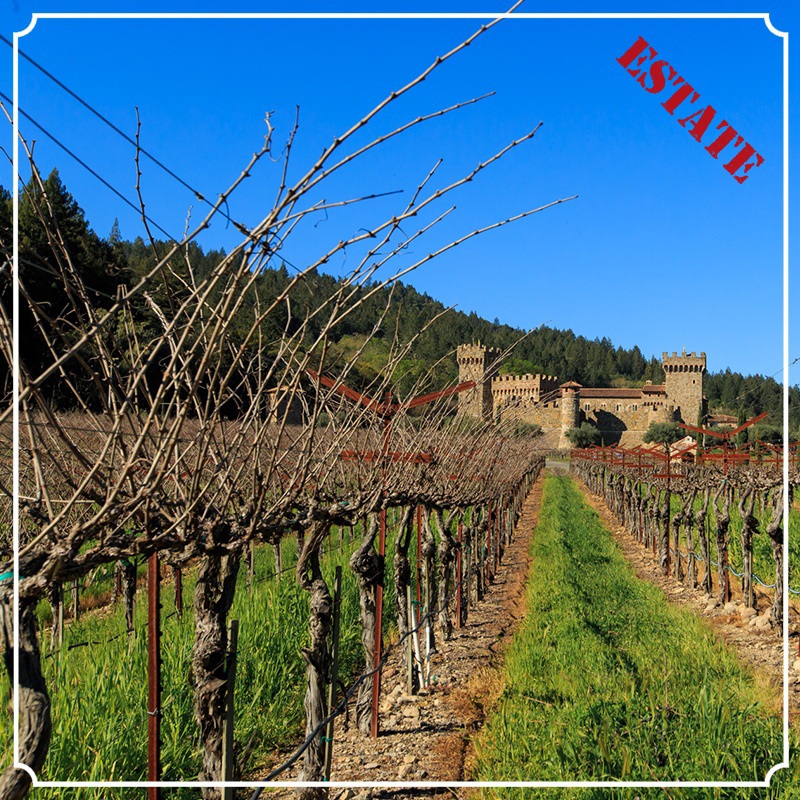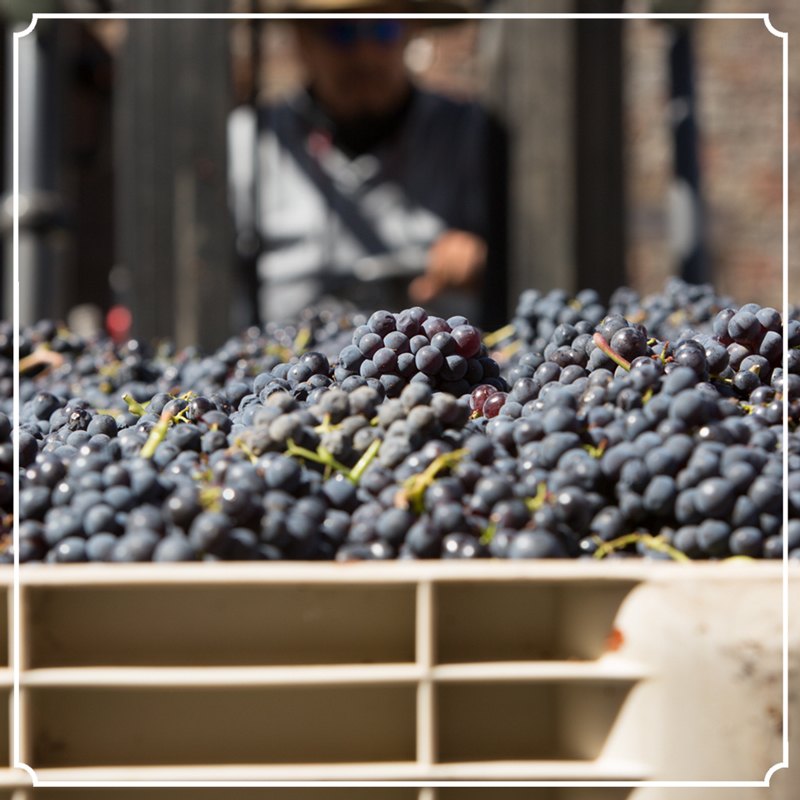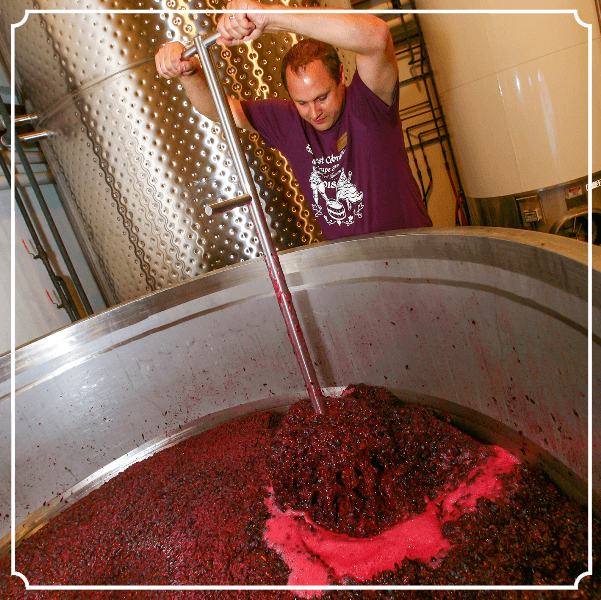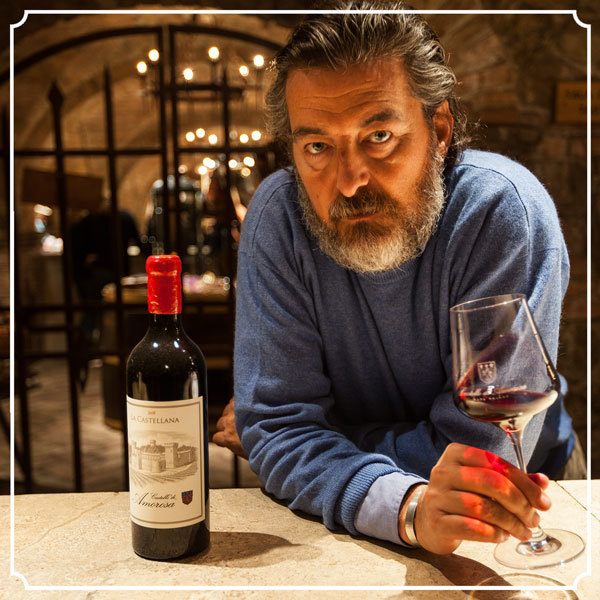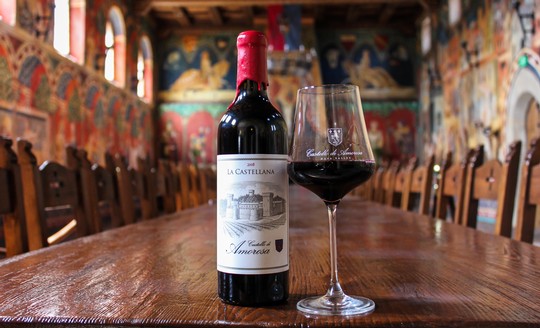Audrie Walsh, Assistant Winemaker

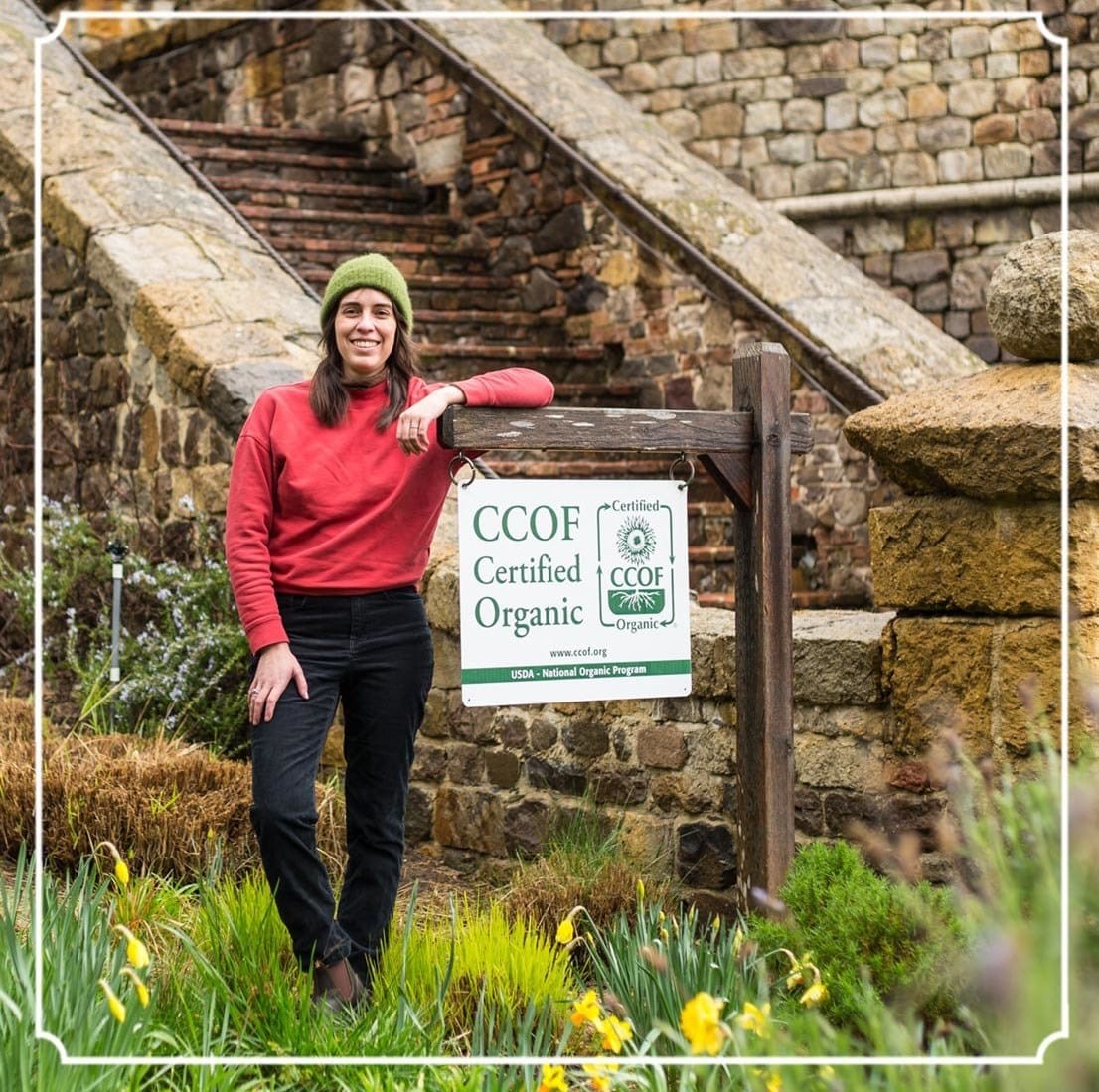
Audrie Walsh, Assistant Winemaker
Meet Audrie Walsh, Castello di Amorosa’s Assistant Winemaker. Born and raised in California’s Mojave Desert. At a young age, she developed an innate fascination with the natural world. It was not uncommon for her to scour the countryside looking for and photographing interesting flora and fauna to study. This sense of adventure and creative mindset laid the groundwork for her role as Assistant Winemaker.
Ms. Walsh earned a bachelor’s degree in Biological Sciences from UC Irvine and started working in the lab and cellar at Estancia Estates, where her interest in the art and science of winemaking emerged. She decided to pursue it further, traveling halfway across the world to the University of Adelaide in South Australia, where she earned a Masters in Oenology.
She returned to the U.S. and started urban winemaking in San Francisco’s Dogpatch and on Treasure Island before landing in Napa in 2015. Working harvests at Robert Mondavi Winery and Louis M. Martini was followed by several years at Treasury Wine Estates, where she made wines for Chateau St. Jean, Beaulieu Vineyards, Provenance, and Beringer Vineyards. In 2021, she joined Bundschu Company, where she worked on Gundlach Bundschu, Abbot’s Passage, and various custom crush wineries.
But wine isn’t her only passion. As a mother to 2 small children (daughter Aoife and son Ronan, names courtesy of her Irish husband, Richard), her free time is filled with park visits, mother/daughter brunches, dance classes, and the occasional moonlight pottery throwing or music recording session. She loves spending time in her husband’s homeland, especially Dublin, saying, “Too bad you can’t grow grapes there!”
If you asked her colleagues to describe her, they might say “creative,” “analytical,” and “a calming force,” particularly during the rush of harvest!
The Story of Quattro

The Story of Quattro: Fortune & Fate From Four Vineyards
Quattro represents the harmonious result of a winemaker’s instinct, quick thinking, and a touch of serendipity. It all began on October 15 during the 2012 harvest, there remained a small quantity of grapes from 4 outstanding Napa Valley Cabernet vineyards, and it looked as though the fermentation vessels were already full. With limited tank space remaining, Winemaker Peter Velleno found himself in a jam. Recognizing the exceptional quality of the fruit, he made a bold decision – to ferment these precious remnants together in a single small tank.
When the time was right, just as the fermentation was nearing its completion, the winemakers gathered to taste the wine. In that moment, it became evident that an ideal blend had taken place. This prompted them to christen it “Quattro,” in honor of its origins from the 4 distinct vineyard sites across the Napa Valley.
Ever since that fateful day, no further blending has been done with this wine, preserving its unique and authentic character that arose from the different vineyards. Quattro remains a testament to the artistry of winemaking and the importance of nature’s elements. Discover the bold character and rich complexity of the 2019 Quattro Napa Valley Cabernet Sauvignon, now available in our online shop.
The vineyards last utilized for this unique Cabernet are Gerlach Hammond, Perata, Rocca, and Villa Amorosa; vineyards typically used in the final blends of our Barone Cabernet Sauvignon and La Castellana Super Tuscan Blend. Quattro’s powerful, structured tannins are backed by hints of blackberry, cassis and leather. This bold Cabernet Sauvignon pairs perfectly with filet mignon.
Past Awards & Accolades
Explore our past awards and accolades for our Quattro, Cabernet Sauvignon.
♦ 94 Points – American Fine Wine Competition 2021- Gold Medal
“More than 550 wines from 125 wineries vied for top honors at this invitation only event. The Judging was conducted by a 28-member blue ribbon panel from across the wine industry, included educators, restaurateurs, retailers, journalists, and top sommeliers from across the country.”
♦ 93 Points – Owen Bargreen
“The outstanding, deeply-colored 2018 Castello di Amorosa ‘Quattro’ Cabernet Sauvignon spent 20 months in 65% new French oak before bottling. Ripe dark currants and huckleberries mark the nose, alongside wet gravel and graphite notes. The palate is soft and very seamless, creating a weightless effect. Drink 2022-2034.”
Peter Velleno, Winemaker


Peter Velleno, Winemaker
Peter Velleno studied winemaking, brewing science, microbiology, and food engineering at the University of California at Davis. In 2003, he was the only student to graduate with a bachelor’s degree in fermentation science.
After graduation, he went to work in the laboratory at William Hill Winery, where he quickly worked his way up to assistant winemaker specializing in Chardonnay production. Peter went on to work for the ultra-premium small winery Hartwell Vineyards, where he helped craft some of the most highly regarded Cabernets in the Napa Valley.
Peter’s career path took a sharp turn in 2008 when he joined Castello di Amorosa as the associate winemaker. He was promoted to winemaker in 2014 and manages production of the Castello’s wines. If asked, he will tell you that making wine in a Castle is even more fun than it sounds.
Peter and his wife Lauren have lived in Napa since 2003. They have two children and enjoy playing tennis, biking, cooking, and spending time outdoors with their dogs Cooper and Ruby.
Interviews
♦ Winemaking from A Castle in California, March 26, 2021 (Interview)
♦ We Like Drinking, March 24, 2021 (What Two Wines Would Winemaker Peter Velleno Recommend)
Artistic Super Tuscans

Mary Davidek
Artistic Super Tuscans
You may suspect a read detailing the work of Leonardo da Vinci, Michelangelo or Botticelli as Tuscany is known for its artistic contributions. Florence, the heart of Tuscany, is considered to be the birthplace of the Renaissance and is one of the most important cities in the world for art lovers and historians. Tuscany boasts some of the world’s most prized works of art in the numerous museums and art galleries, the Uffizzi, the Pitti Palace, and the Bargello, just to name a few.
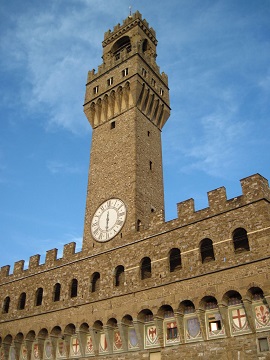
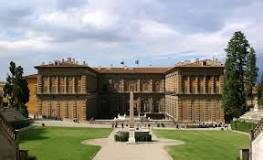
The Uffizzi Gallery (left) and the Palazzo Pitti (right) are home to some of Tuscany’s most valuable works of art.
Aside from its artistic legacy, the cultivation and appreciation of wine is also deeply steeped in the history of Tuscany. Italy is one of the oldest wine-producing regions of the world and is still the largest wine producer by volume. There are over 350 different wine grapes commonly cultivated in Italy and many of these are indigenous to Tuscany. In Tuscany you can find everything from unpretentious local village wines to more sought after and prestigious wines like Brunello de Montalcino, Chianti Classico or Super Tuscans.
The ‘super’ heroes of Italian wine
In the early 1980’s prominent Tuscan wine producers believed the legal rules of the DoC and DoCG (Italian wine law) governing the production of Chianti were too restrictive. For example, they required the use of some white grapes and they prohibited blending non-indigenous grapes i.e. Cabernet Sauvignon, Merlot or Syrah. In an effort to produce the best wines and embrace artistry in their craft they continued to use these less traditional grape varietals. Although not legally defined or regulated, the term “Super Tuscan” was coined to distinguish these artistically expressive wines from the inexpensive, lower quality wines that were typically associated with the term vino da tavola, or ‘table wine’.
Today, super Tuscans use the legal labeling of IGT (Indicazione Geografica Tipica), which gives producers more flexibility, or artistic license, and certainly has more cachet than vino da tavola. Super Tuscans now represent some of the most luxurious wines of Italy and tend to be modern, big and rich—and often carry a price tag exceeding $100- $200 a bottle.
Some super Tuscans contain Sangiovese but others are made solely from Merlot (like the famous Tenuta dell’Ornellaia Toscana Masseto), or from a blend of Cabernet Sauvignon and Syrah (Riccardo Baracchi Toscana Ardito), or from even less traditional varietals, like a combination of Petit Verdot, Cabernet Sauvignon, Syrah and Merlot (Argiano Toscana Solengo).
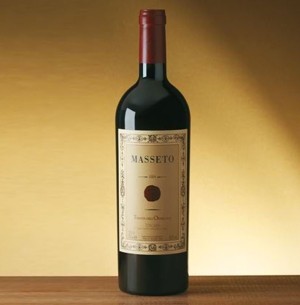
Castello di Amorosa’s 2009 La Castellana is 70% Cabernet, 15% Sangiovese and 15% Merlot. Exotic dried plum and tinder box on the nose and a refined palate of brooding dark cherry and dusty cocoa.
Our 2010 vintage, the first blended by Sebastiano Rosa of Italy’s famed Sassicaia has garnered a whopping 92 points from James Laube of Wine Spectator.
Sebastiano may be Castello di Amorosa’s Super-hero Tuscan!
